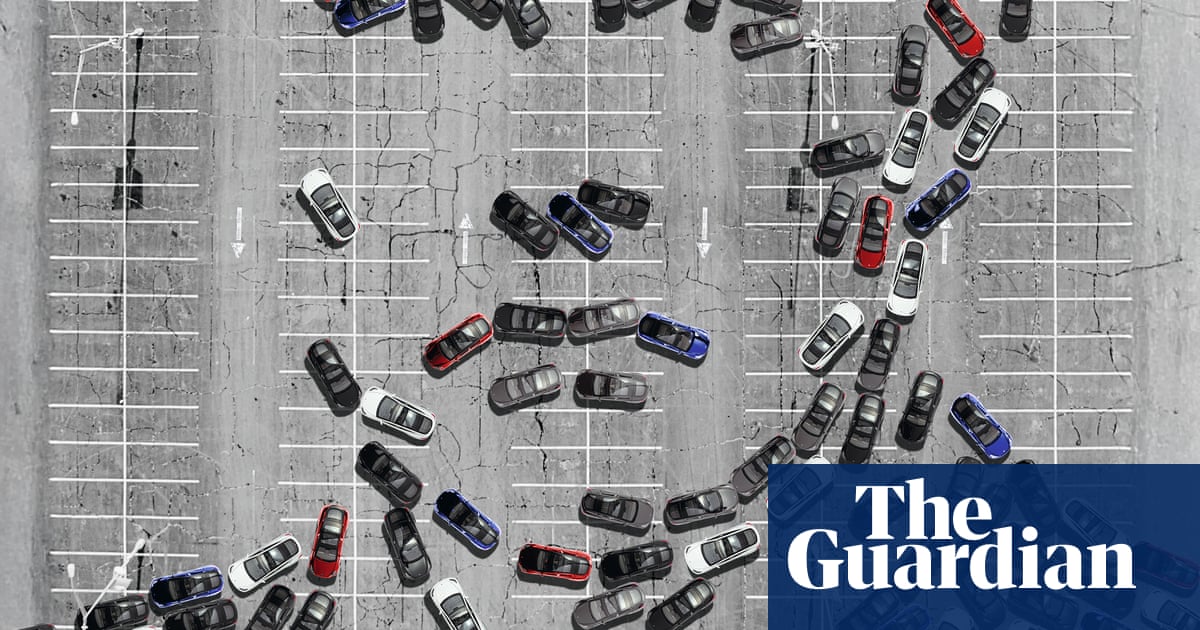The car came to rest more than 70 metres away, on the opposite side of the road, leaving a trail of wreckage. According to witnesses, the Model S burst into flames while still airborne. Several passersby tried to open the doors and rescue the driver, but they couldn’t unlock the car. When they heard explosions and saw flames through the windows, they retreated. Even the firefighters, who arrived 20 minutes later, could do nothing but watch the Tesla burn.
At that moment, Rita Meier was unaware of the crash. She tried calling her husband, but he didn’t pick up. When he still hadn’t returned her call hours later – highly unusual for this devoted father – she attempted to track his car using Tesla’s app. It no longer worked. By the time police officers rang her doorbell late that night, Meier was already bracing for the worst.



I’m almost won over by your charming manners, but…